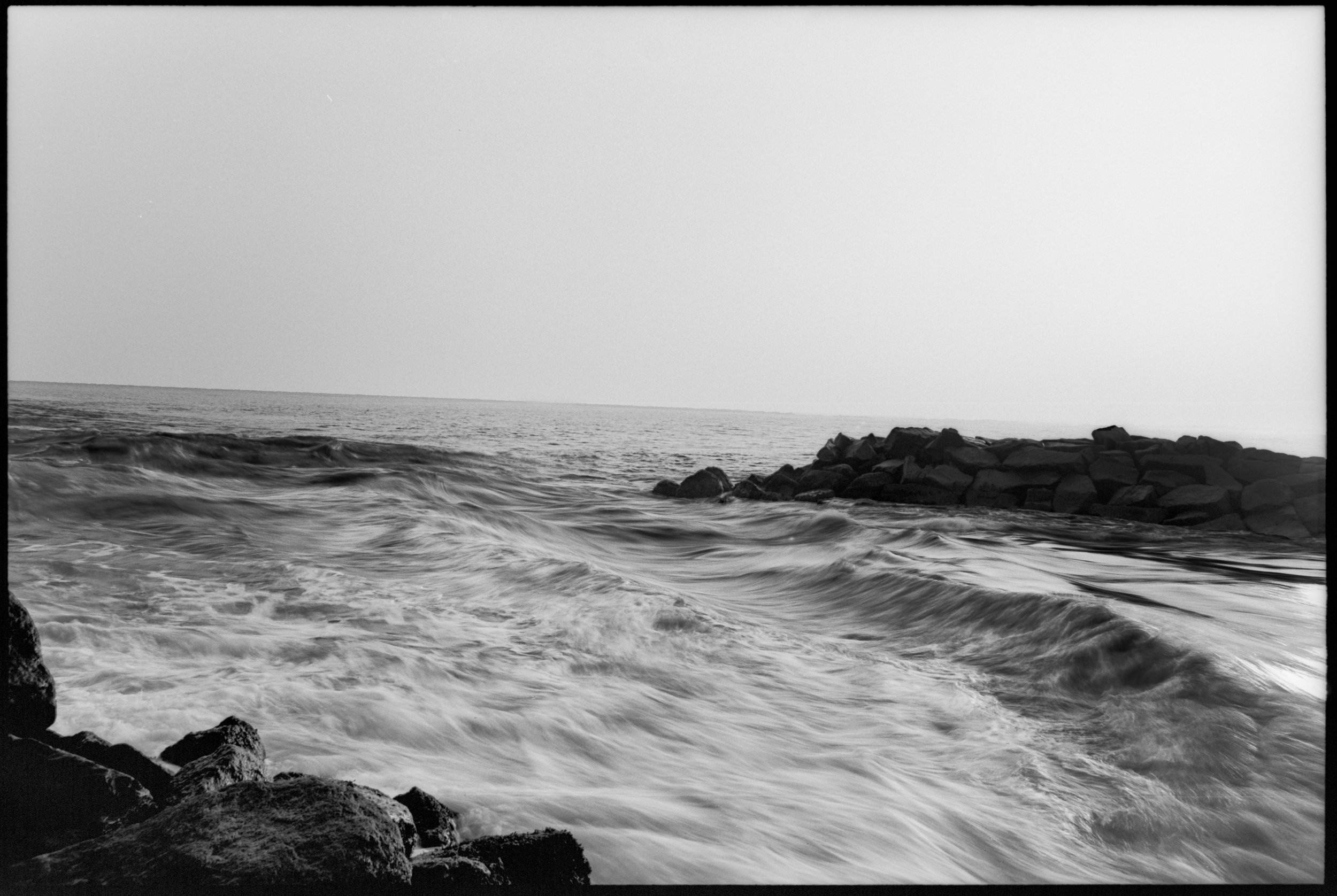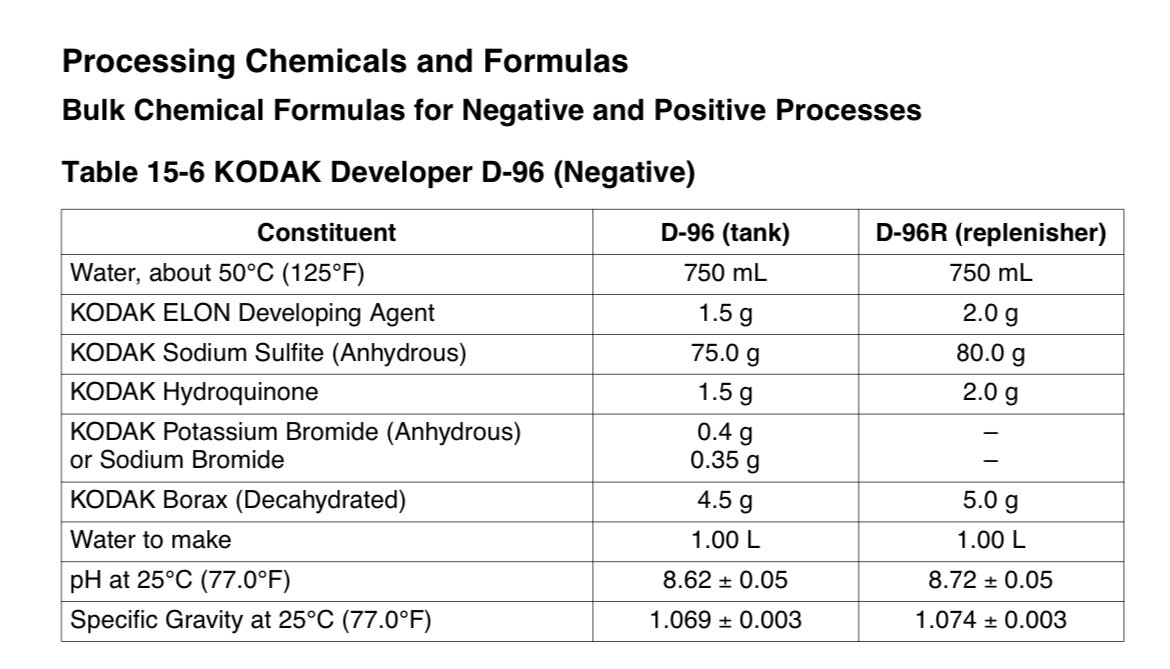In my youth, I said if there was a super slow 35mm film, I’d love to use it. After decades of wandering the wilderness of analog processes, I finally discovered Fantôme Kino 8 Black and White film. This film comes from Lomography. Here’s what they say:
Fantôme Kino is the third member of the Lomography B&W Kino Film Family – our very special collection of multiformat monochromes. Inspired by the New German Cinema sweeping through Europe in the 1960s, our Kino Films are extracted from rolls of cine film produced by a legendary German company that has been changing the face of cinema since the early 1900s. Originally used to make moody monochrome movies, their gorgeous black and white tones lend a timeless aesthetic to every shot.
Movie film tends to be slow and contrasty. When your images are going to be projected on big screens, lack of grain is an important factor. Success with Fantôme Kino happens more often when you pay attention to the light, and remember how mid-century movies used it to tell a story. It didn’t always look natural, but it was properly exposed.
The best success I had with Fantôme was when I shot it in the late afternoon and on overcast days. Full sun gooses the contrast a little too much for my taste. So, mellower light provides more flexibility and gives better overall results.
If you’re looking for a film that will give you a beautiful ladder of zones, keep looking. The shadows and highlights are pretty punchy, even with an average light meter reading. Midtown separation is good. Properly exposed and developed film is going to look a little contrasty. There is still detail in shadows and highlights, but you’ll need to tease it out in your enlarger or photoshop. Or, play it where it lays.
Remember the movies from the 60’s? There wasn’t a lot of run and gun, available light movies being made. Scenes were lit with the intention of filling the shadows and balancing out the highlights. If you don’t want to set up lights for your own personal movie set, use it on overcast days, or near dawn or dusk. The inherent contrast of the film will give your final image a very vintage, cinematic look and feel. Also, modern 35mm lenses are designed for a little extra contrast.
Exposure and Development
I set the ISO of my camera to 8, but used a handheld light meter to set my exposure levels and shot on manual. At that low of an ISO, the camera meter readings would vary too much. If you don’t have a handheld meter, point your lens at the closest blacktop, or at whatever you want to be set at medium grey, and set the exposure for that. When your scene changes, re-meter as needed.
The recommended developer for this film is Kodak D96 or similar formulas. You can buy premixed packages from Cinestill for about six or seven dollars a liter. I chose to find the formula, and buy in bulk from Artcraft Chemistry. I got enough to make a little over five gallons for about $30. The formula is pretty simple, and it comes from the Kodak manual on developing motion picture film. Here it is.
Formula for Kodak D-96
I developed each roll at 68 degrees with stock solution for 6 minutes. The temptation exists to tease out different dilutions and development times with the hope of getting a straighter tonal curve, there are only so many hours in the day, and that effort is tantamount to making a Fender Telecaster sound like a Martin Acoustic guitar.
This film has a clear base, which only adds to the contrast. Another characteristic is it curls after it dries. This is not a bad thing for movie film to do, but have fun putting in neg sleeves.
Post Production
I digitize my negatives using the Negative Supply LED light and copy system with my Sony A7 IV camera. I set the ISO to 80 and shoot with a 90mm macro lens at f/16. Any adjustments are made in Lightroom and photoshop. Here are some screen shots of processed film with no adjustments made. Note the consistent shape of the levels. While there is detail in that midtown valley, it seems to be baked into the film.
Also, there seem to be some mistakes in the coating of the film. I found a few blobs and things on each roll that can’t be explained by inconsistent processing or user error. Not a deal breaker, but something to note.
Conclusion
This film is as advertised: slow and contrasty. Properly exposed and processed, this film looks like something you’d see on a movie screen in the 60’s. Hand held exposures with wide open apertures on bright sunny days can be done, but you’ll get into double and single digit exposure times sooner than you think if you want more depth of field.
This film isn’t very romantic, but it certainly lets you know where you stand in a relationship. What it lacks in nuance, it more than makes up for in clarity and contrast. If Ilford FP4 is a fountain pen, Fantôme 8 Kino is a typewriter.
Have fun.














